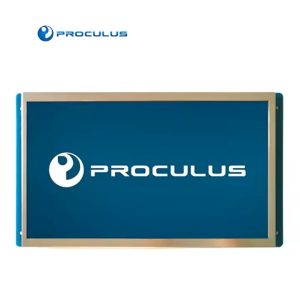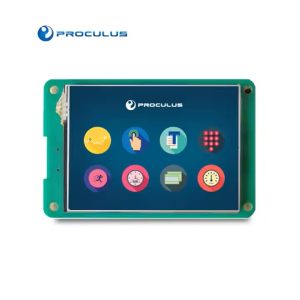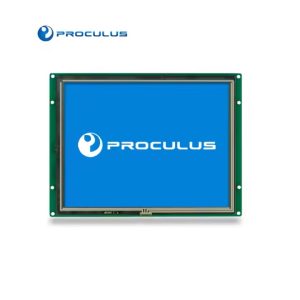Overview of USB LCD Display Module
A USB LCD display module is an electronic device that can display visual information in the form of text, graphics, or images. It is connected to a computer through a USB cable and is controlled by special software. These modules come in different sizes and types, and they are often used for a variety of purposes. In this article, we will discuss the uses and benefits of USB LCD display modules, installation and configuration, and how to troubleshoot common issues that can occur.
Uses and Benefits of USB LCD Display Module
One of the most common uses of USB LCD display modules is for displaying system information, such as CPU usage, RAM usage, and disk space. This is particularly useful for monitoring the performance of a computer or server. These modules can also be used for displaying messages, alerts, and notifications. This is helpful for businesses, offices, and schools when they need to communicate information to a large group of people.
Another benefit of USB LCD display module is that they are space-saving. They can be mounted on a wall or a monitor stand, which makes them perfect for small spaces or desktops that are cluttered with other electronics. They are also energy-efficient, and they consume less power than a traditional monitor. This makes them an ideal choice for businesses that want to reduce their carbon footprint.
Installation and Configuration of USB LCD Display Module
Installing and configuring a USB LCD display module is relatively easy. First, you need to attach the module to your computer using the USB cable. Then, you need to install the software that comes with the module. This software will allow you to customize the display settings, such as font size, color, and brightness. After the installation is complete, you can start using your USB LCD display module.
Troubleshooting Common Issues With USB LCD Display Module
Like any electronic device, USB LCD display modules can experience problems from time to time. One of the most common issues is a blank or frozen screen. This can be caused by a loose connection or a faulty cable. To troubleshoot this problem, make sure that the USB cable is securely connected to both the module and the computer. You can also try rebooting your computer or reinstalling the software.
Another common issue is incorrect or garbled text on the screen. This can happen if the font size or encoding settings are not configured properly. To fix this, you need to adjust the settings in the software. If none of these solutions work, you may need to contact the manufacturer for assistance.
A USB LCD display module is a versatile and practical electronic device that can be used in a variety of settings. It provides an easy way to display important information and saves space on your desk or wall. By following these tips for installation, configuration, and troubleshooting, you can get the most out of your USB LCD display module. If you’re looking for a reliable brand for USB LCD display modules, consider Proculus for your electronic needs.

 English
English


